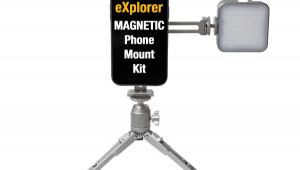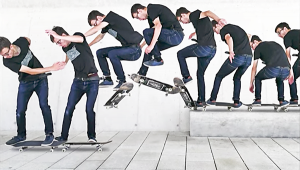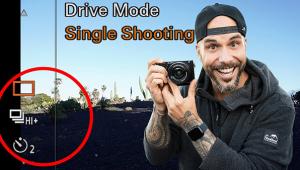Ahead of the Curve: How a Forward-Thinking Pro Creates Images for the Social Media Market

All Photos © Giulio Sciorio
In 2009 the market for Giulio Sciorio’s commercial images was drying up; clients who once bought his photographs for print were no longer calling.
The probable cause of his problem was close at hand; in fact, it was in his hand. “I looked at my phone,” Sciorio says. “I was always on it, my friends were always on it, and if our eyes were always on it, wouldn’t it be great if my photos would be on it as well?”
He realized that as suppliers of images, photographers had to think of the media upon which their photos will be seen. That media was no longer the two-page spread in a magazine; it was the small screen of a smartphone, and he needed to create content for that media.
But what kind of content? Surely not the same images that once sold for print.
“A mobile device can display still images and video, and it can broadcast audio,” Sciorio says. “The creation point for all three of those is my camera: it shoots stills, video and records audio. So why was I using only one-third of the tools I had? Why was I trying to sell only one kind of product?”
If the market was going to the small screen, that’s where he’d go—but he’d go with something new.
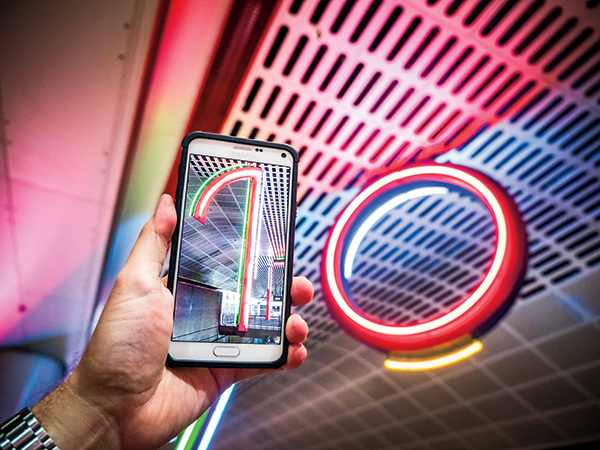
Moving Pictures
Inspired by photographer and film director Greg Williams’s work, Sciorio began to produce cinemagraphs, which are not quite stills and not quite videos, but wonderfully effective combinations of the two.
With his camera on a tripod, he shoots a video, having already determined which elements in the cinemagraph will be moving and which will be still. In postproduction, he uses Cinemagraph Pro in conjunction with Adobe’s Creative Cloud suite to isolate a single frame from the video and lay it on top of the video. Then he opens a section of the still frame. “The video plays beneath the frame,” he says, “and what’s revealed through the opening is what’s moving.” In effect, he’s opened a window in the still image through which a chosen section of the video will be seen.
“To produce cinemagraphs your work has to be rooted in the basics of photography, in the meat and potatoes of the craft,” Sciorio says. “You have to shoot with intent, and get the image right in the camera. I look at the scene, I know I want this element to move, those elements to be still.”
Sciorio finds that creating images other than cinemagraphs specifically for the small screen is also a return to the basics of photography. Working on a smaller canvas is a matter of deciding what’s important in the frame, directing attention to a single subject, keeping an eye on the borders, and eliminating the extraneous to deliver the message effectively.
He thinks of the iPhone 6 screen as a 6x7 transparency, and keeps in mind what’s going to be attractive and attention-grabbing at that size. “I feel more in touch with the roots of photography,” he adds, “and I have to be more creative because of the constraints of the screen size. But often with constraints comes great creativity.”

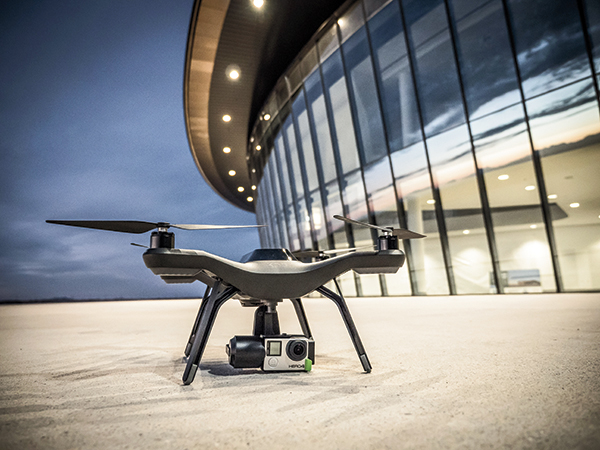
End Results
Ultimately what he’s doing is producing content for social media feeds viewed on smartphones. As he’s said, “The end result [is] somebody looking at my photo on Instagram while standing in line to get coffee…”
His images may be intended for smartphone screens, but he makes them with either his Panasonic Lumix DMC-GH4 or Lumix DMC-GX8. Sometimes, though, his iPhone plays a role in the workflow.
“I did a shoot for 3D Robotics for the launch of their Solo drone,” he says. “One of the locations was at Virgin Galactic at Spaceport America in New Mexico. The client was in Austin, Texas, so I’d shoot with my GH4 to the iPhone to show them roughs in small JPEG form. They were so excited by the results, they posted some of the shots right to Instagram and Twitter as little teasers of what was to come, to get a conversation going.”
Other times, because of deadlines, he’ll deliver finished images via the phone. “I did an assignment for Village Voice Media where I had to shoot eight location portraits in one day, and it was just Wi-Fi from the camera to the phone and phone to the client. As it turned out, the portraits were used in print, so the small screen was a delivery system that’s essentially a small computer that happens to be in my hand.”
Now, doing more business than ever before, he’s almost exclusively shooting for the small-screen market. “A big mistake for any creative person is to love his own work,” Sciorio says. “You can’t love it to the point that if a client doesn’t give you the result you’re expecting, doesn’t buy what you’re offering, you start thinking you’re not worth it. You have to think, I’m creative and I’m in business, and my images are going to solve problems creatively. You have to think about making something cool and different with the market in mind.”
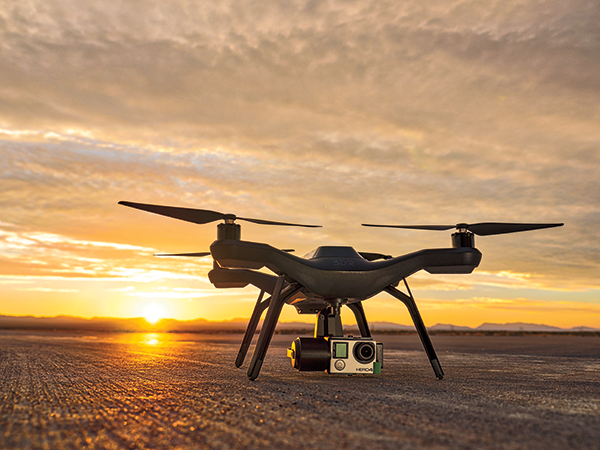
Giulio Sciorio’s photographs and cinemagraphs are featured at his website, giuliosciorio.com. To see a cinemagraph demonstration, Google “Giulio Sciorio YouTube Tutorial.” A search of “cinemagraph” will turn up other demos and explanations.
- Log in or register to post comments





